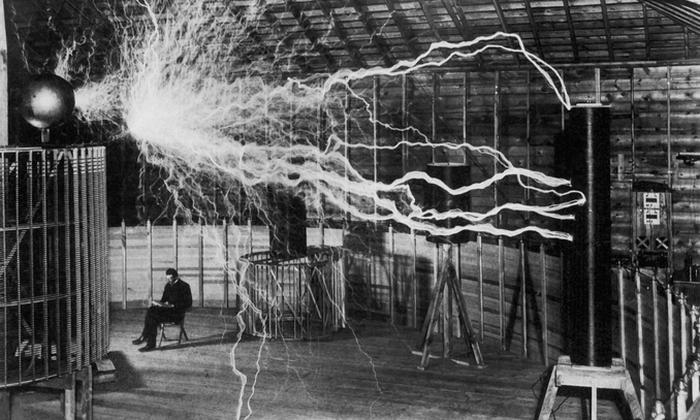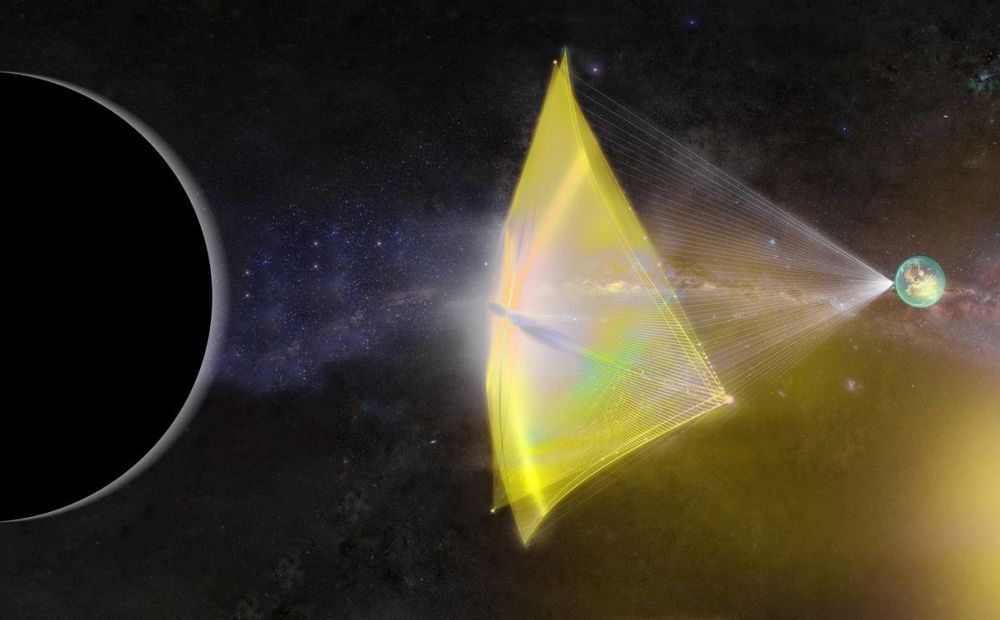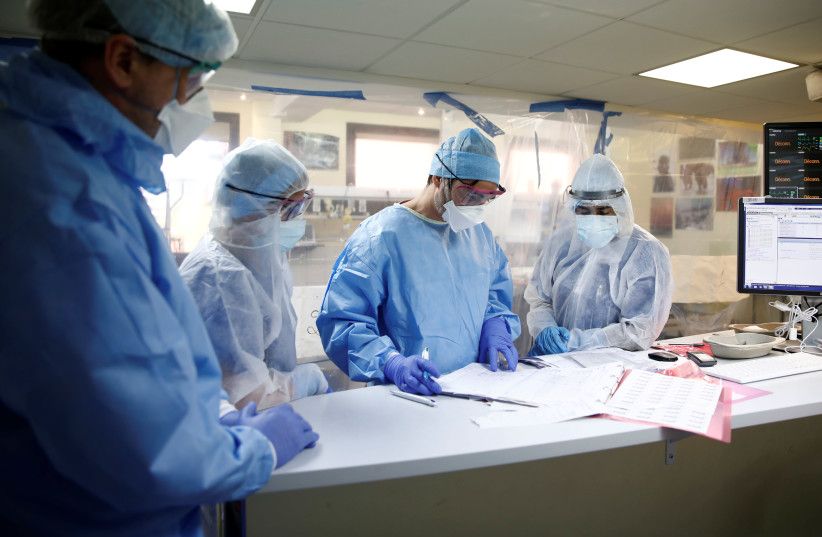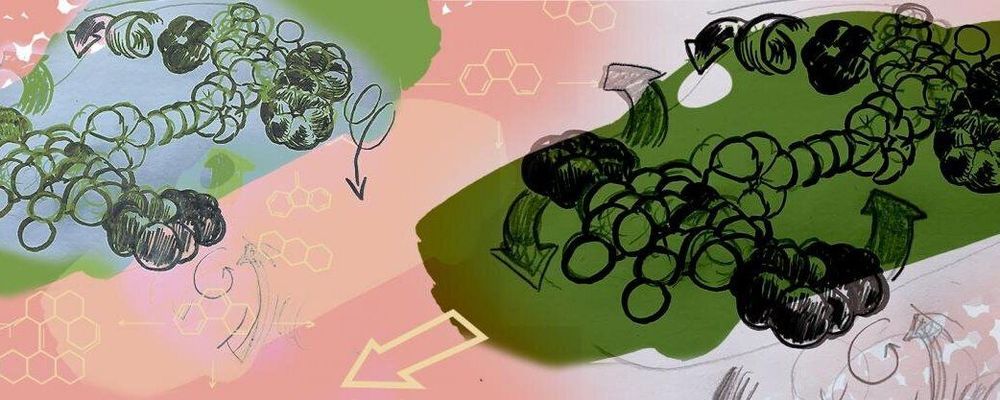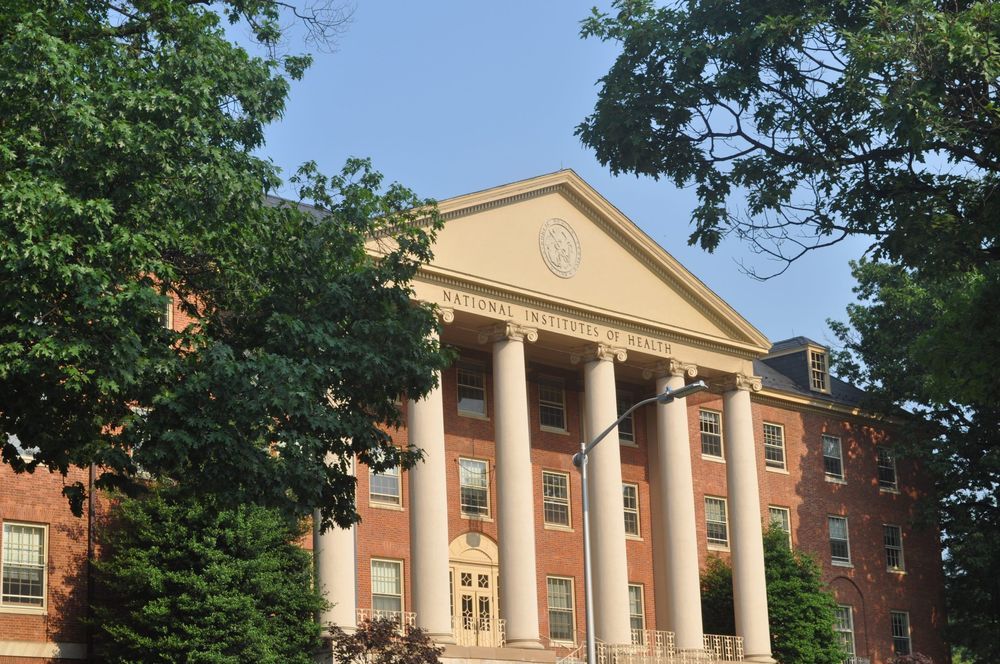Scientists from Princeton University and the Department of Energy’s Princeton Plasma Physics Laboratory (PPPL) have used radio frequency waves and temperature to stabilize the white-hot and volatile plasma that swirls inside of fusion reactors like tokamaks and stellarators.
The radio waves disrupt the magnetic islands that form and disrupt the plasma flow, and temperature magnifies the stabilizing effect. As the saying goes, the disruptor of your disruptor is your friend.

